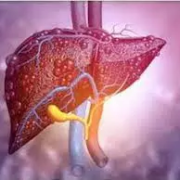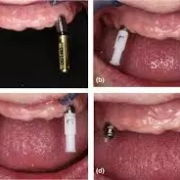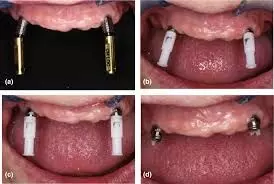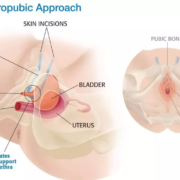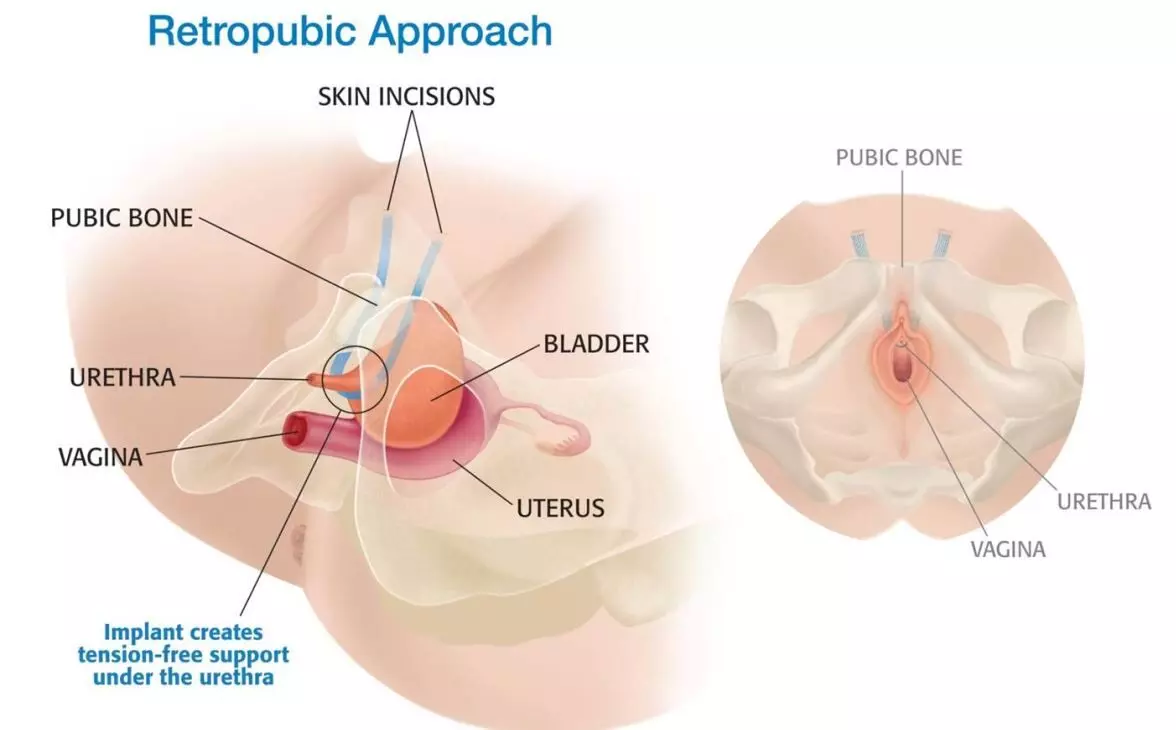Elevated risks of liver steatosis and Fibrosis in Type 2 diabetes individuals: Study finds
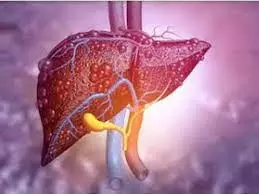
India: With the high
prevalence of Nonalcoholic fatty liver disease (NAFLD) in Type 2 diabetes
patients (T2DM) and the rise of the global diabetic pandemic, scientists
gathered to investigate the prevalence and risk factors associated with NAFLD
stages in individuals with T2DM.
The study, published
in the Journal of the Association of
Physicians of India, suggests a high prevalence of hepatic steatosis
and fibrosis in patients with Diabetes mellitus.
“There is a higher incidence of having hepatic steatosis (75.1%) and fibrosis (28.0%) in patients with type 2 diabetes. Additionally, age and gender play minor roles with WC and BMI emerging as significant predictors of severity of liver steatosis and fibrosis in T2DM patients,” the researchers reported.
Rising cases of Type
2 Diabetes Mellitus all over the world have led to an upsurge in the global diabetic
epidemic. Specifically having Nonalcoholic fatty liver disease which
is highly prevalent among the Type 2 diabetes population, poses risks of
significant treatment challenges, adverse outcomes, and accelerates disease
progression.
To understand the incidence
and risk factors associated with stages of NAFLD in the population having Type
2 Diabetes Mellitus, Vijay Panikar, Consultant and HOD, Lilavati Hospital, Mumbai, Maharashtra, India, and the team
conducted an observational, cross-sectional study.
Scientists recruited 1,521 T2DM patients at Dr Panikar’s Speciality
Care Centre, Mumbai, between September 1, 2022, and October 31, 2022,
where they measured certain demographic parameters such as age, gender, height,
weight, and anthropometric parameters such as body mass index (BMI) and
waist circumference (WC). Vibration-controlled transient elastography (VCTE)
using FibroScan was used to recognize liver fibrosis and steatosis stages.
Study results reveal:
- 75.1%
prevalence of liver steatosis was observed among 1,521 diabetes
cases [S0 (24.9%), S1 (15.1%), S2 (24%), and S3 (36%)], along with
that prevalence of liver fibrosis was 28.0% [F0 (72%), F1 (19%), F2 (5%), F3
(1.5%), and F4 (3.4%)]. - S1 grades
suggest a positive connection with significant gender-related changes. - Waist
circumference was associated with disease severity in both liver steatosis and fibrosis
stages. - BMI was exclusively
associated with the degree of steatosis. - No
statistical significance was found in mean age differences between these
categories.
“It is crucial to assess and manage liver health in T2DM patients for the
prevention and early management of associated risk factors”, the researchers concluded.
Reference: Panikar V, Gupta A, Nasikkar N, et al. Prevalence and Association of Risk Factors
According to Liver Steatosis and Fibrosis Stages among Nonalcoholic Fatty Liver
Disease Patients with Type 2 Diabetes Mellitus in India: A Cross-sectional
Study. J Assoc Physicians India 2024;72(7):29–33.
Powered by WPeMatico

